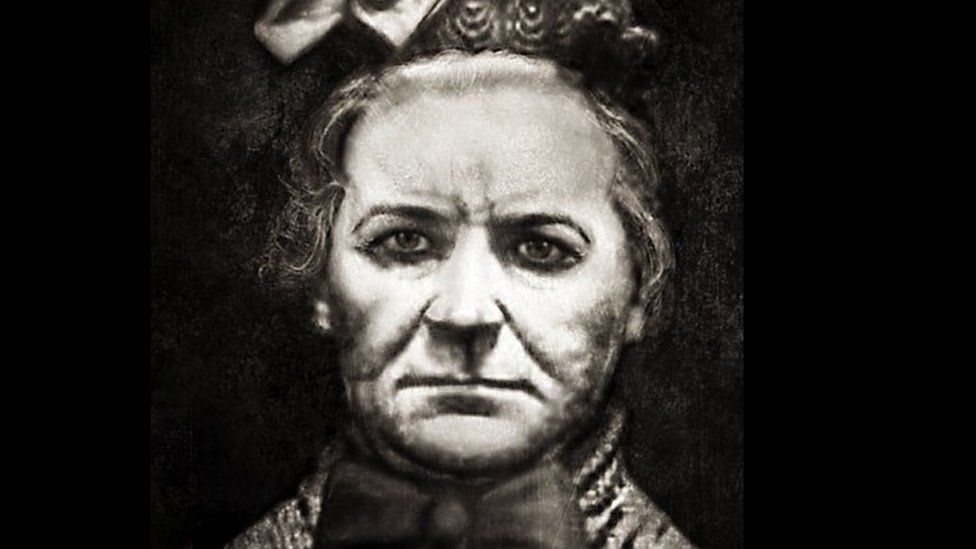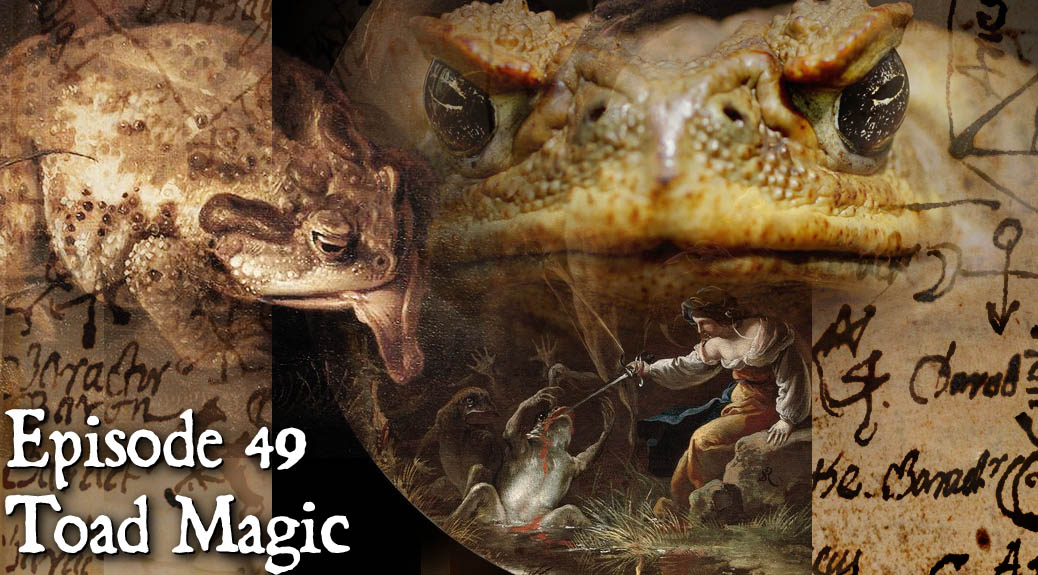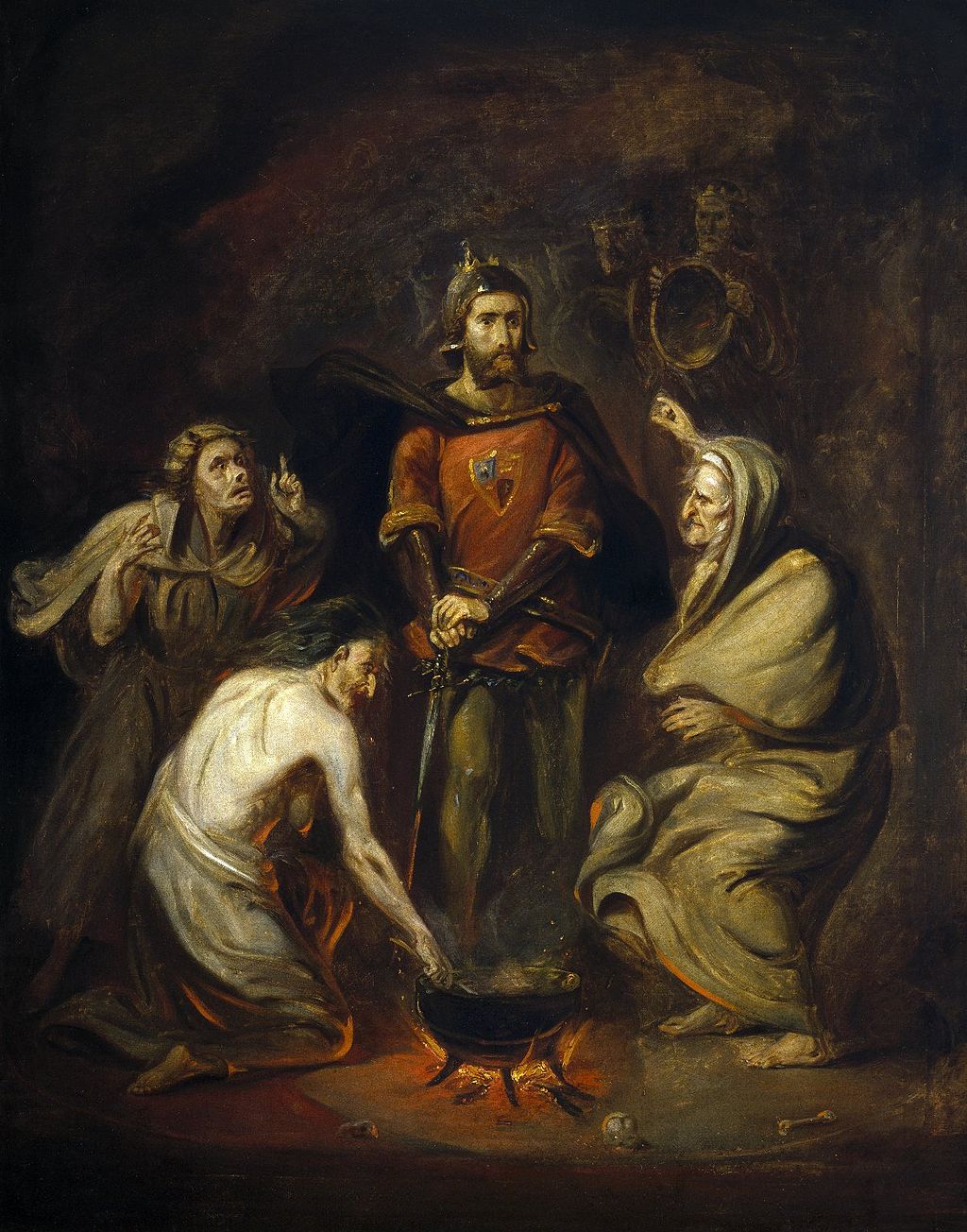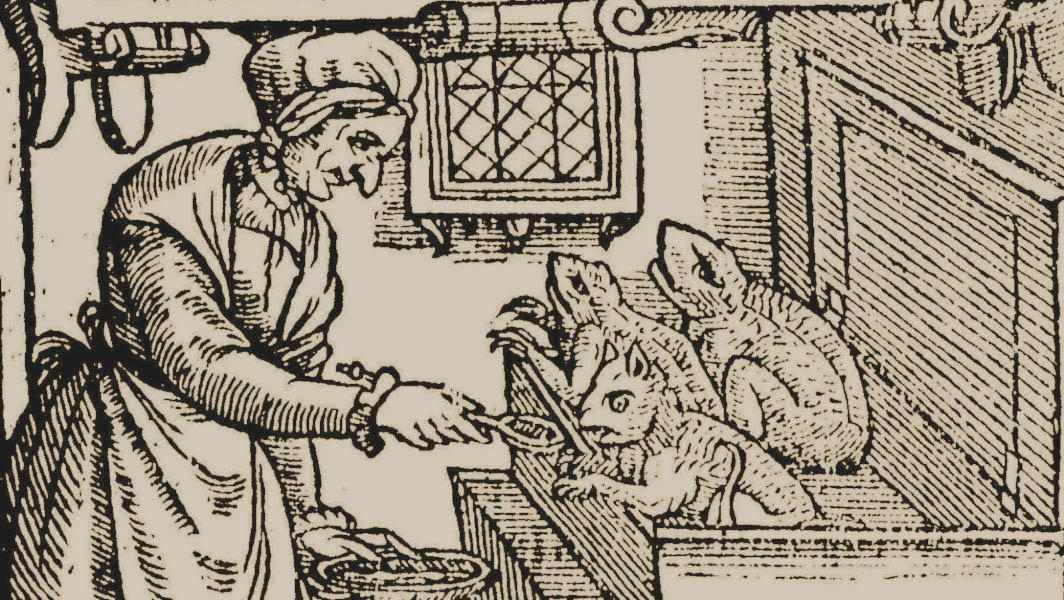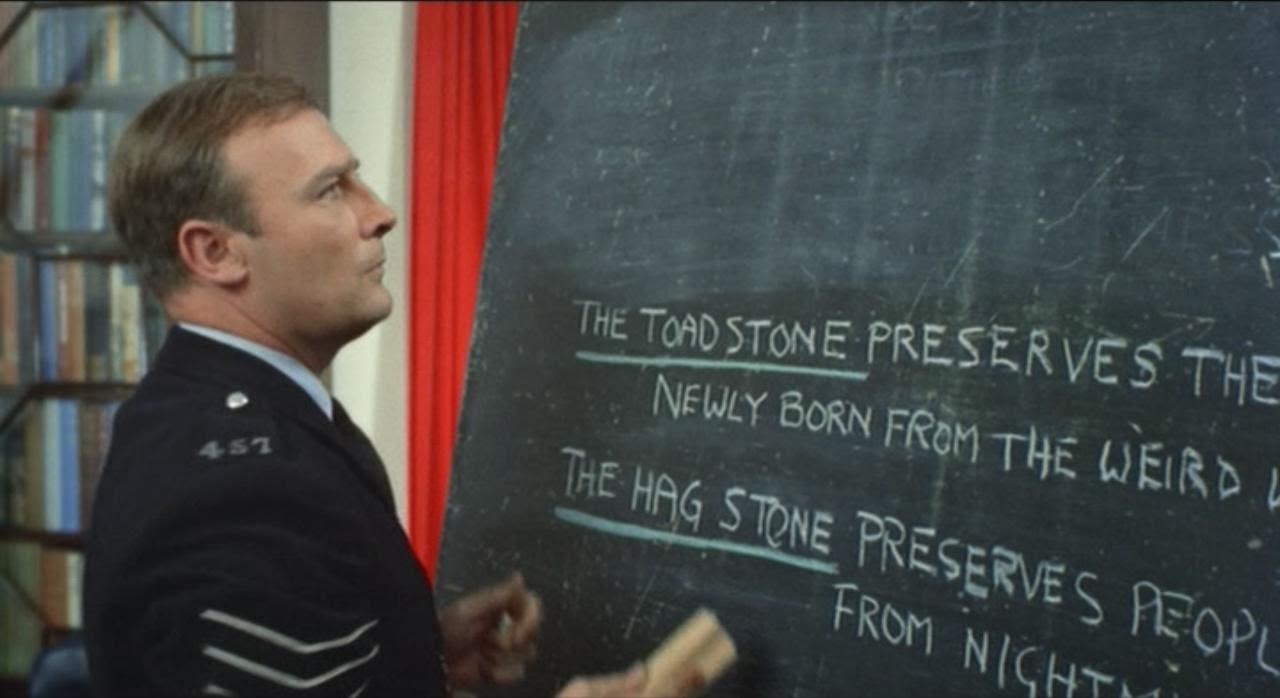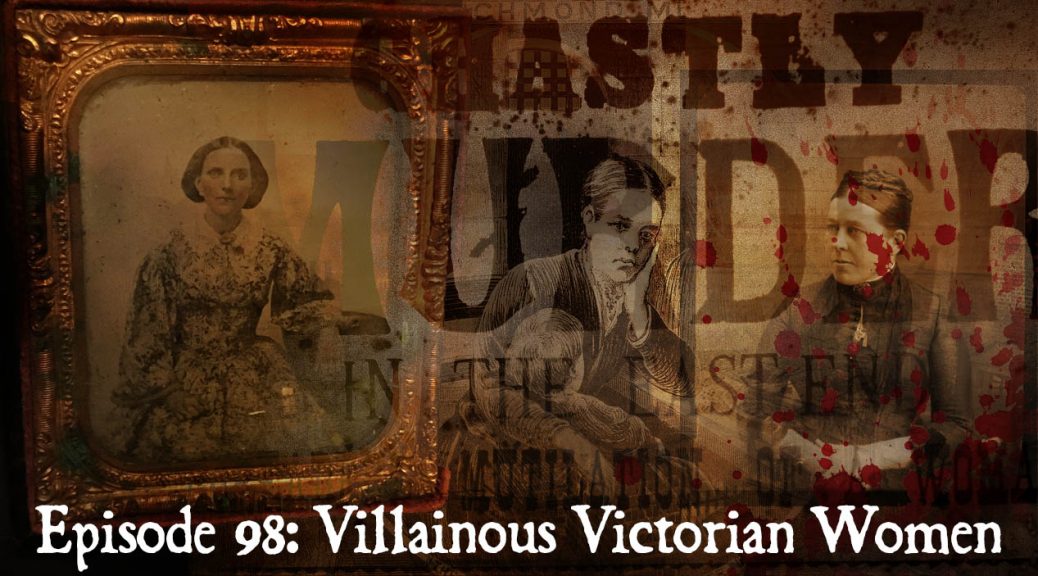
Villainous Victorian Women
Podcast: Play in new window | Download (Duration: 51:43 — 59.2MB)
Subscribe: Apple Podcasts | Spotify | Android | Podchaser | RSS | More
Our survey of villainous Victorian women examines six individuals associated with some of the most ghastly crimes of the era, many directed against children (and for this reason possibly a bit of a rough listen for some.)
Five of these criminals inspired murder ballads, or more specifically “execution ballads,” single-sheet broadsheets sold at the time of the trials or executions.
The sixth woman, Mary Ann Cotton, a poisoner from the north of England, also inspired verses, in this case, however, a schoolyard rope-skipping chant of the type memorializing Lizzie Borden. (We begin the show with a version the Borden rhyme from 1956 episode of Alfred Hitchcock Presents remixed by Bob’s Vids.)
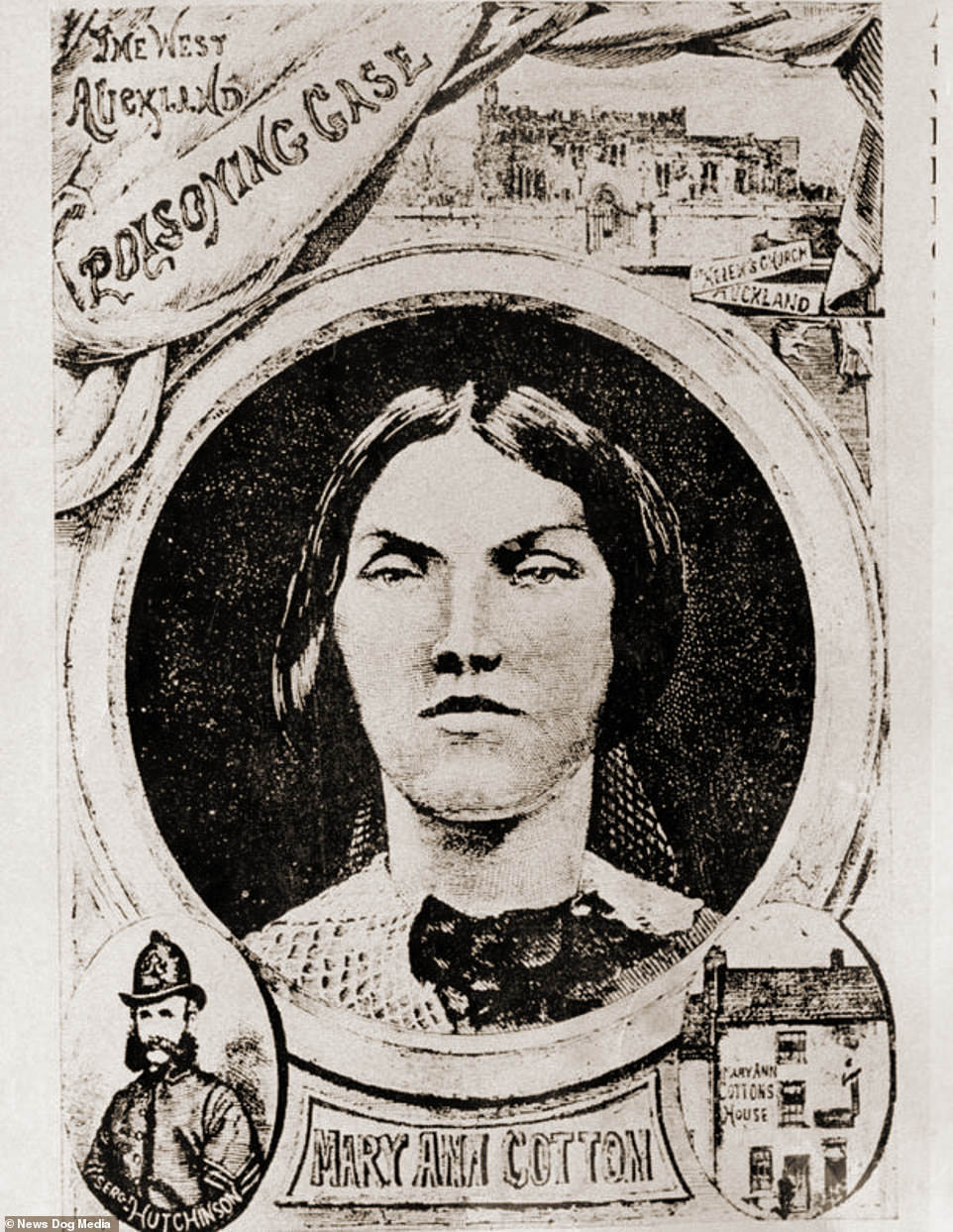
Cotton, Britain’s first female serial killer, was executed in 1873 for the murder of her stepson, the last of 13 offspring whose lives she’d taken, that along with three of her four husbands, who were generously insured to ensure the poisoner would profit from her evil.
Like Cotton, our next murderer also preferred arsenic as her lethal weapon. The American, Lydia Sherman, throughout the 1860s and early ’70s poisoned eight children as well as three husbands in New York and Connecticut. Dubbed “the modern Lucretia Borgia” by the press, Sherman was also the subject of an 1873 book, The Poison Fiend: The Most Startling and Sensational Series of Crimes Ever Committed in this Country. Unlike Cotton, however, Sherman escaped the gallows, sentenced instead to end her life in prison. We begin her segment with a snippet of the broadside “Ballad of Lydia Sherman” by the Mockingbirds.
We next look at Emma Pitt, a schoolteacher in the British village of Hampreston in Dorset, who murdered a child in 1869. While only taking the life of a single victim, her crime was regarded as particularly heinous as that victim was her own newborn baby, not only killed but mutilated by its mother.
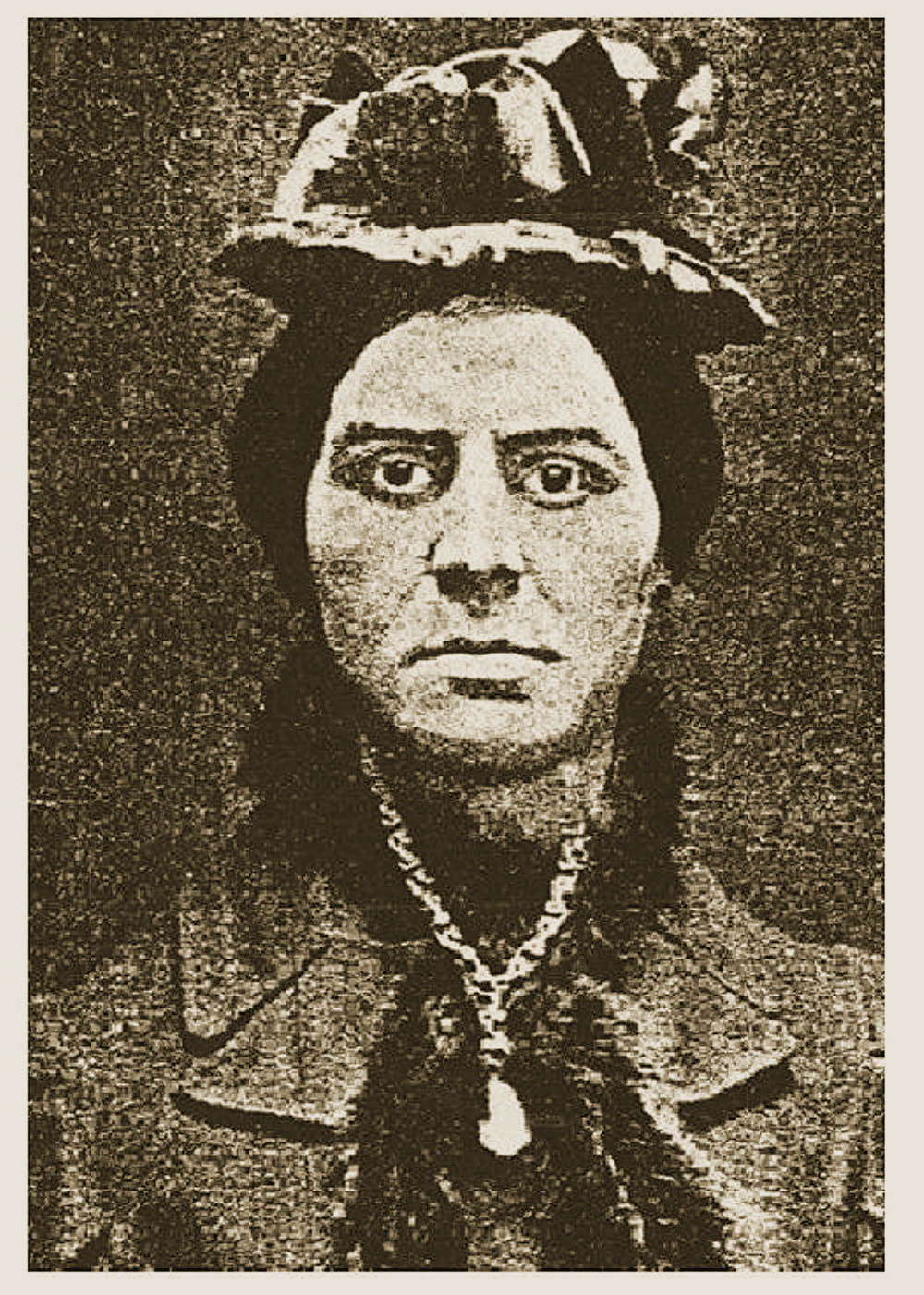
Our next murderess, the Irish servant Kate Webster was found guilty of killing her mistress Julia Thomas in 1879. While she also committed but a single homicide, she’s remembered for the particularly grisly details shared in her trial regarding her disposition of Thomas’ body. Webster’s trial was such a sensation that Gustav, Crown Prince of Sweden, traveled to Britain for the trial, and Madame Tussaud displayed her figure in the Chamber of Horrors for nearly six decades.
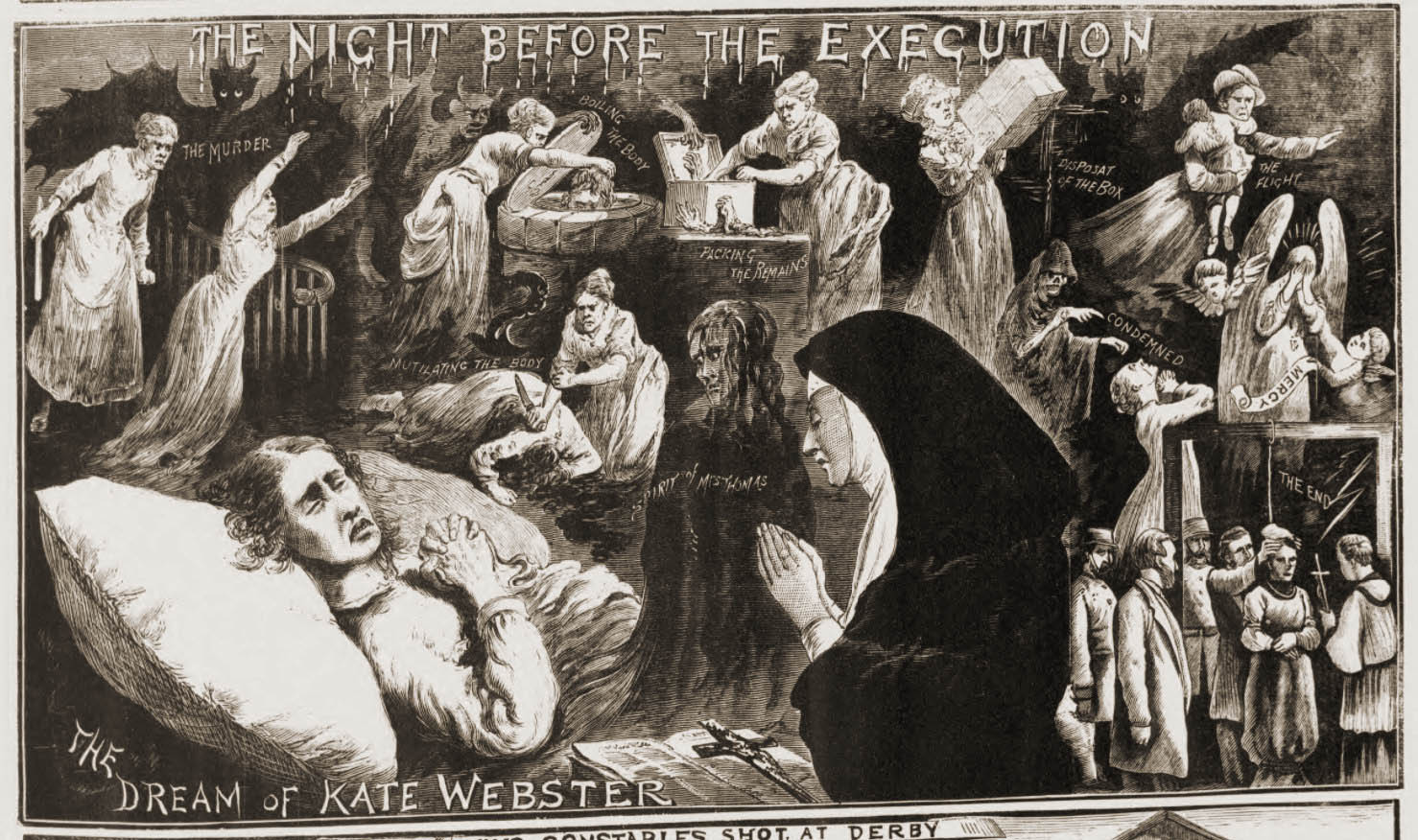
The unspeakable deeds of our next criminal are recorded in the 1843 ballad, “Mary Arnold, the Female Monster.” The less said here about this abomination the better as it may be the most horrific account related in the history of our show.
Our final segment opens with a snippet from another ballad, “Mrs. Dyer the Baby Farmer,” as sung by Eliza Carthy. In 1896 Amelia Dyer was executed in London for the murder of a single child, though many more deaths were suspected during her 17 years working as a “baby farmer.”
Dyer is the most notorious example of this shady practice by which mothers arranged adoption of illegitimate or unwanted children with mercenary caregivers. The sum paid, being was a relatively low fee affordable to lower class women, was therefore not realistically expected to sustain the child for long. For this reason, infants thus abandoned, tended to be poorly fed, or outright starved, quieted with gin, or even killed, the last being the case made against Amelia Dyer.
We close with a snippet of the ballad heard earlier, in this case sung by Derek Lamb.
